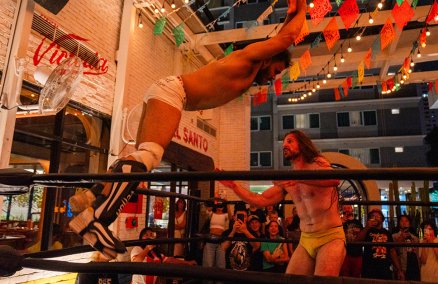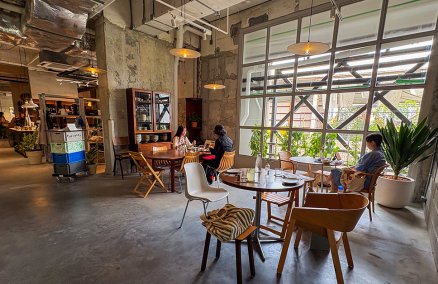When I studied at Chula, we would go to remote villages in Isaan and build classrooms there, fix houses. It taught me the value of teamwork.
We also gave out food to people. From year to year, I found that people had kept the empty boxes folded very neatly in a safe spot. It makes you realize how far a little kindness goes.
People who live in the city should all try to live in the countryside. You realize the importance of having a sense of community. People in the countryside are rich in that way.
Thailand’s economic crisis in 1997 forced me and other architects to find work abroad. Those who stayed put had a very hard time finding work or even had to change careers.
Even without the crisis, I think I would have ended up in Singapore anyway.
There was no real university architecture course in Singapore at the time. Studying was geared towards politics, accounting or business.
Art was not a profession Singaporeans wanted to pursue. And I was lucky to get a job as a landscape architect there.
I learned how to cooperate. I participated in every facet of the design process, from sketching to dealing with contractors.
The office environment was tight and very serious. Everything had to be strictly to plan.
In contrast, Bangkok is so diverse, with people from all kinds of places, all kinds of backgrounds living together. But there’s something that links us all.
Landscaping is like that. It’s not just about changing the physical look of a city. It’s the things we can’t necessarily touch but which shape us all.
Bangkok is ready to go green. People are finally seeing the value of parks and gardens.
The political situation right now is tricky, though. When decision-making is left in the hands of the few, it’s hard to know which way it will go.
I joined the Makkasan Hope project because, as a landscape designer, I want to design something that will define the way people look at our city.
I don’t want it to be just words, or renderings, from a group of optimistic hippies.
Some authorities still see parks as some big service bestowed by government. They want to fill them with purely functional furniture—not too comfortable—as they are afraid people might use parks as a place for mingling illegally.
But people now expect public spaces to be designed with aesthetics in mind, so that people can get the most out of them. I want to see that change, here.















